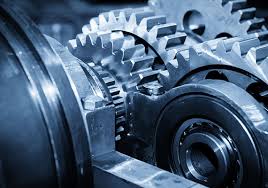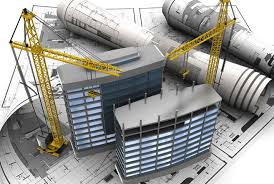
Mechanical System Design
Description
Mechanical system design is the process of conceiving, designing, and developing mechanical systems. It involves applying engineering principles to create devices, machines, and structures that fulfill specific functions.
Key Points
- Conceptual Design: Generating ideas and creating initial designs.
- Detailed Design: Refining designs and specifying dimensions, materials, and tolerances.
- Analysis and Simulation: Using computer-aided engineering (CAE) tools to analyze system performance.
- Manufacturing and Assembly: Overseeing the production and assembly of components.
- Testing and Validation: Verifying system performance and functionality through testing.
Key Features
- Solid Mechanics: Understanding the behavior of materials under stress and strain.
- Fluid Mechanics: Analyzing the flow of fluids and their impact on system performance.
- Thermodynamics: Applying principles of heat transfer and energy conversion.
- Dynamics and Control Systems: Designing systems that can respond to inputs and disturbances.
- Materials Science: Selecting appropriate materials for specific applications.
- Manufacturing Processes: Understanding manufacturing techniques to optimize production.
Advantages of Mechanical System Design
- Innovation: Creating new and improved products and systems.
- Problem-Solving: Developing solutions to complex engineering challenges.
- Economic Impact: Contributing to economic growth and job creation.
- Improving Quality of Life: Designing products that enhance people’s lives.
- Environmental Sustainability: Developing energy-efficient and eco-friendly systems.
Author: HNK Globals Institute








